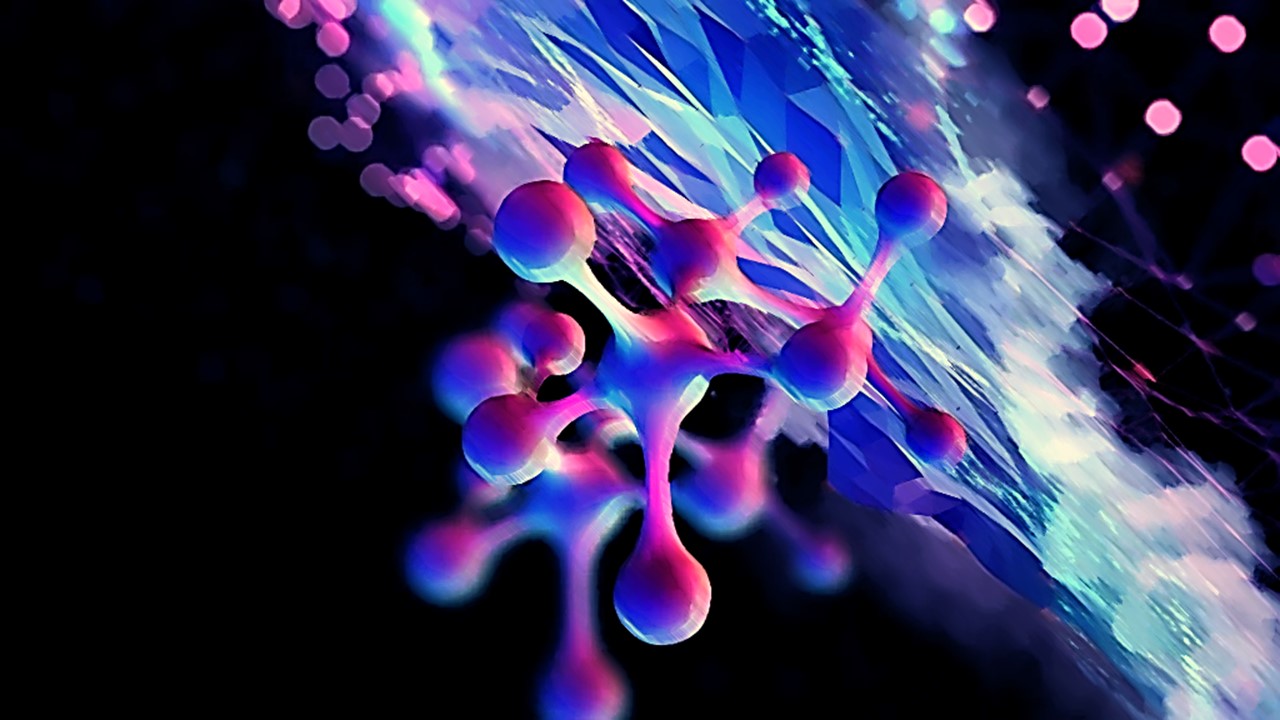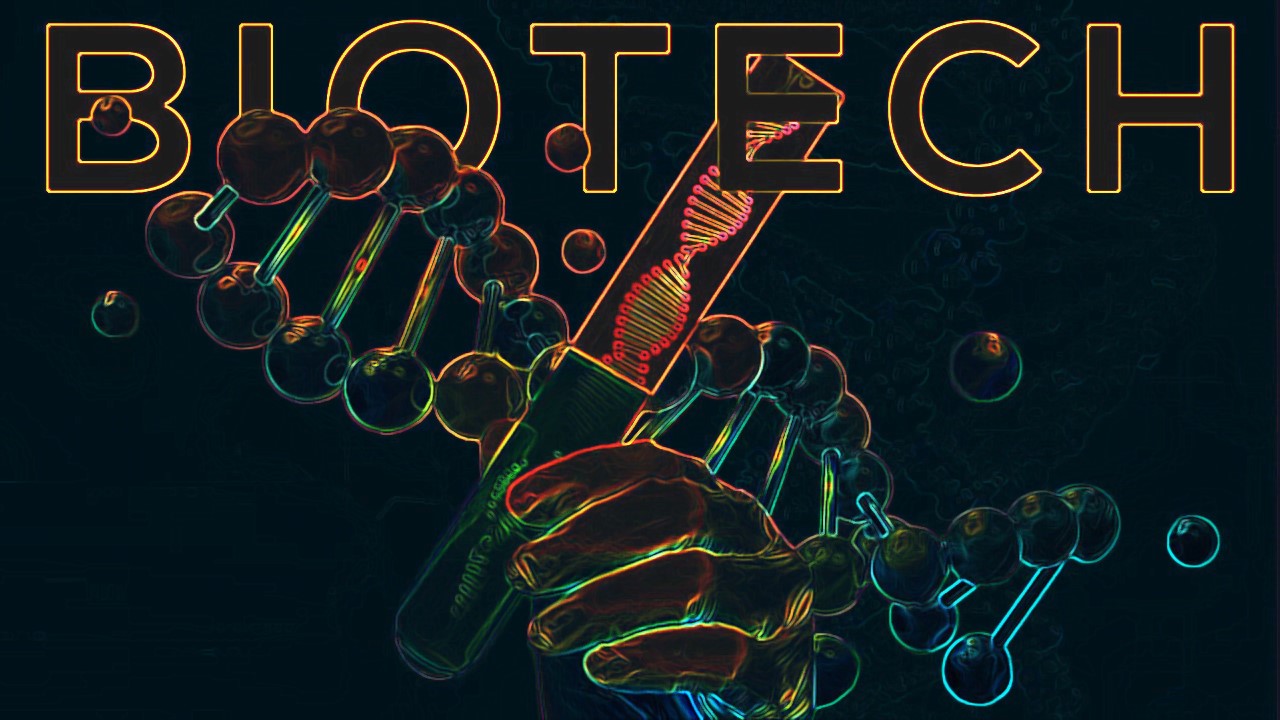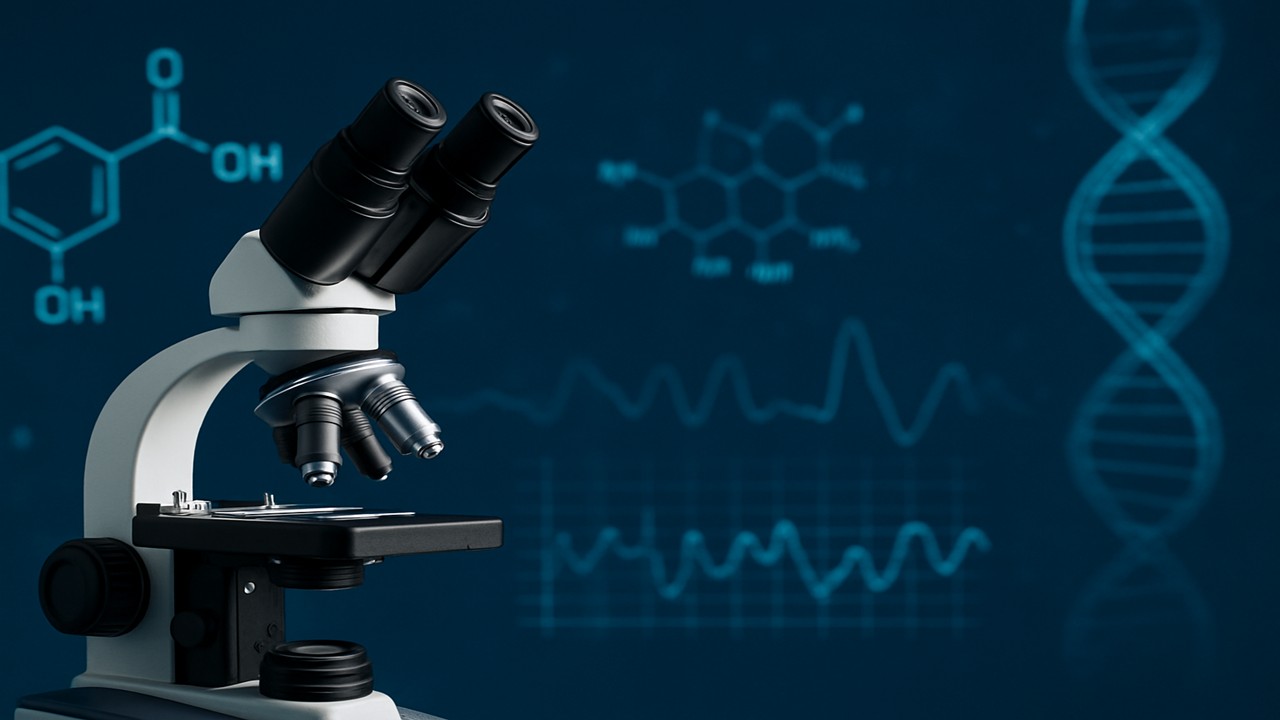Cloning refers to a variety of procedures that can be used to create biological entities that are genetically identical copies of the original. The replicated substance is referred to as a clone since it shares the same genetic make-up as the original. Genes, cells, organs, and even whole biological entities, like sheep, have all been cloned by researchers.
Cloning procedures are frequently employed by researchers to create duplicates of the genes they wish to examine. In this method, a gene from one organism—often referred to as foreign DNA—is inserted into the genetic material of a carrier, also known as a vector. Bacteria, yeast cells, viruses, or plasmids, which are tiny DNA circles carried by bacteria, are examples of vectors. The vector is then placed in lab conditions that cause it to multiply, which causes the gene to be copied numerous times after the gene has been inserted.
Replicons and Vectors
For injecting DNA into host cells, there are various possible techniques. Replicons are the type of DNA molecules that can replicate to sustain themselves. Subsets of replicons are vectors. The most popular technique for introducing foreign genetic material, or “passenger” material, into a cell in genetic engineering is the vector (carrier). These carriers are genetic components that can be multiplied and have been modified to receive DNA fragments from foreign sources. They may also have numerous cloning sites (a region with numerous restriction enzyme sites within which an insert can be placed or deleted), selection markers, and transcriptional promoters, depending on whether they are plasmids, viruses or others. The passenger DNA should either merge with the host cell’s DNA or enter the cell as a component of an autonomously replicating biological molecule. The inserted gene cannot be effectively transcribed if this outcome is not obtained.
Plasmids
Plasmids, like the Escherichia coli bacterial plasmid pBR322, are the biological agents most frequently utilized to transfer genes into yeast and bacterial cells. By definition, a plasmid is an extrachromosomal DNA molecule that is tiny, double-stranded, and closed-circular. This plasmid has a 4,361 base pairs (bps) length and can carry only a tiny quantity of DNA. Several yeast and bacterial species have plasmids. As is the case with the highly transmissible genes for antibiotic resistance in some bacterial species, plasmids can occasionally carry their own genes. A plasmid’s origin of replication (ori) site, which enables it to proliferate independently of the DNA of a host cell, is a crucial component. A plasmid can exist in more than one copy in a cell, but the plasmid itself determines how many copies are there.
Bacteriophage, Phagemids and More
The bacteriophage is yet another kind of cloning vector. Bacteriophage λ (lambda) can package vast amounts of genetic material without compromising the phage’s ability to infect host cells. Its genome measures about 4.9 x 105 bp. It is possible to build a sizable DNA library, when the virus infects, it is packaged in bacteriophage λ and introduced into cells. After that, hybridization is found using DNA probe screening. Moreover, there are specialized vectors known as phagemids, vaccinia, and adenovirus for cloning into mammalian cells, as well as yeast manufactured chromosomes (YACs), which make it easier to clone yeasts. These vectors vary in terms of the amount of the insert they will accept, the techniques utilized to choose the clones, and the propagating processes.
The insert and a promoter, a short DNA sequence that augments the transcription of the nearby gene, are ligated into the plasmid once the passenger DNA has been made and the plasmid vector has been cut both with the same restriction enzyme. The targeted gene is frequently coupled to an antibiotic resistance gene as a selection tool. The theory behind this is that the bacterial cell will thrive on a medium containing the antibiotic if the gene is put in the correct position. Bacteria that lack the necessary gene and the resistance gene will not be able to reproduce. As a result, it is simpler to screen for the incorporation of the target gene. The vector eventually becomes a recombinant deoxyribonucleic acid (rDNA) molecule that can be injected into a host cell when the molecule is ligated.
Host Cells
Bacteria (such as E. coli) and eukaryotic yeast (Saccharomyces cerevisiae) as well as mammalian cell lines, such as Chinese hamster ovary (CHO), African green monkey kidney (VERO), and baby hamster kidney (BHK), can serve as hosts. In fermenters, it is simple to grow large numbers of yeast and bacterial cells, which will produce large amounts of protein. Although mammalian cell culture techniques normally produce lower protein yields, this can occasionally be advantageous, particularly when the final product requires essential posttranslational changes that bacteria may not undergo. In small-scale cultures, host cells carrying the vector are cultivated before being checked for the target gene. The organism is grown under strictly regulated circumstances and used to inoculate pilot-scale fermentation processes when the ideal protein yielding clone has been identified.
During this stage, variables including temperature, pH, oxygenation, vibration, and the content of the production medium are examined to perfect the fermentation. The desired novel protein is created during host cell division by plasmid replication. For the purpose of isolating the recombinant protein on a wide scale, the fermentation is ramped up into bigger bioreactors. Naturally, the cultures secrete both the cloned protein and their own endogenous proteins. Before the recombinant protein may be tested as a novel, genetically modified medicinal agent, purification procedures are found to be necessary. Maintaining selection pressure on the host cell line that is expressing the recombinant gene after it has been discovered is crucial to prevent it from losing the plasmid on its own. Usually, to sustain the cells on media containing an antibiotic to which they have a resistance gene, this pressure is administered.
Types of Cloning
While proven to be numerous, the six most common cloning strategies include functional expression, positional cloning, homology-based cloning, protein purification, antibody-based cloning, expressed sequence tagging and total genomic sequencing. The first three types will be discussed extensively.
Protein purification is useful for producing genetic information encoding proteins of known structure and function like the β2-adrenergic receptor. However, protein purification, especially for low-abundance proteins, would prove to be demanding. This is particularly because the appropriate libraries aren’t as readily available, in addition to the fact that incomplete coding sequences are likely. Like protein purification, antibody-based cloning strategies yield genetic information encoding proteins of known structure and function. This is applicable to the Vitamin D receptor. Unfortunately, since it’s similar to protein purification it will also have incomplete coding sequences plus the unrecognized cross-reactivity.
Expressed sequence tagging is advantageous due to its high throughput feature and its unique ability to identify to novel complementary DNAs. However, this is offset by its particularly disadvantageous on incomplete coding sequences and genes of unknown functionality. Total genomic sequencing is particularly useful because with the knowledge of the total genome, there is likelihood of identification of all potential gene products. Nevertheless, there will remain genes whose functions are unknown and it is such labor intensive strategy with 3.3 x109 base pairs to work with. TGS is employed for Haemophilus influenzae applications.
Functional Expression Cloning
Obtaining a specific complementary deoxyribonucleic acid (cDNA) with a known function is the main goal of functional expression cloning. The capacity to find and isolate cDNAs based on some functional activity that can be assessed underlies all of the different implementations of this strategy. An example of this would be the electrophysiological measurement of ion conductances following expression of cDNAs in frog oocytes. One cDNA clone that encodes the features can be obtained by gradually splitting the cDNAs into pools and monitoring the behavior. Functional expression cloning has the benefit that it does not require understanding of the primary amino acid sequence. This is unquestionably helpful when trying to clone proteins that are not abundant. The substance K receptor is subjected to this cloning technique. However, one of its main drawbacks is that it depends on being compatible with current library screening technology.
Positional Cloning
Prior to separating the DNA, positional cloning can be performed to identify DNA fragments that represent genes. The cloning of the cystic fibrosis (CF) gene is an illustration of the application of positional cloning. Without specifying the gene’s purpose, the location of the gene on human chromosome 7 was found by analyzing the disease’s inheritance patterns and contrasting those to recognized chromosomal markers, a process known as linkage analysis. The gene was then targeted to a DNA sequence that generates the protein now designated as the cystic fibrosis transmembrane conductance regulator (CFTR) using a method known as chromosome walking. This previously unidentified protein was found to be deficient in CF patients and may be responsible for several illness symptoms. Similar to functional cloning, positional cloning offers the benefit of not requiring specialized protein expertise. Additionally, it is directly related to our understanding of human disease and can offer crucial new biological targets for the creation of effective medications and the treatment of disease. To compare, primer walking is a technique for figuring out the DNA sequence up to the range of 1.3-7.0 kb, whereas chromosome walking is used to create clones of already identified gene sequences.
Homology-Based Cloning
Using formerly cloned genes to direct the discovery and cloning of evolutionarily related genes is another cloning technique. Homology-based cloning, a technique that makes use of the fact that nucleotide sequences encoding crucial functional domains of proteins frequently remain conserved throughout the course of evolution, is a the terminology for this very methodology. As a result, nucleotide sequences that code for areas involved in ligand binding or enzyme activities can be employed as probes that will act synergistically to complementary nucleotide sequences that may be found on some other genes that bound comparable ligands or have comparable enzymatic reactions. To proliferate the DNA sequences, this method can be used with the polymerase chain reaction (PCR). The use of homology-based cloning offers the benefits of allowing for the identification of gene families that are associated to one another, relies less on the purification or functional activity of a particular protein, and can lead to the identification of new therapeutic targets. Despite the shared sequence being known, it is possible that the isolated fragment may not encode a complete or functioning protein or that it is challenging to determine the clone’s true function. The pervasive muscarinic receptors are cloned using a homology-based method.
Expression of Cloned DNA
After being cloned, DNA sequences can be expressed and altered in a wide variety of ways. There are numerous clear applications for the expression of DNA sequences since it relates to the utilization of cloned genes in the phases of drug discovery and development.
The Antihemophilic Factor
The substitution of previous methods that purify proteins for human application either from the animal sources or human waste, such as blood, is one of the most visible. Factor VIII, a clotting cascade protein used to treat the genetically based bleeding condition hemophilia, is an illustration of this. Until fairly recently, human blood served as the sole source of purified factor VIII. Regrettably, before the effects of AIDS were fully understood, stockpiles of factor VIII had become contaminated with HIV-1, infecting as many as 75% of the patients who received this product. Since the factor VIII gene was cloned, recombinant factor VIII is now readily accessible as a substance purified from mammalian cells grown in culture. In conjunction with recombinant factor VIII, additional recombinant clotting factors, including factors VIIa and IX, are now being developed to completely eliminate the possibility of exposure to human infections.
Insulin and Somatotropin
Human insulin, now considered a viable alternative to purified bovine and porcine insulin for the management of diabetes, and somatotropin, also known as the human growth hormone (hGH), which is used to treat growth hormone deficiency in children (dwarfism), are two additional instances where the expression of cloned human genes appears to offer alternative solutions to previously existing products. As human growth hormone recombinant was not yet accessible, the only source of hGH was the pituitary glands of deceased individuals because, unlike insulin, growth hormones from other animal species are ineffectual in humans. This clearly reduced the amount of hGH available and, like factor VIII, introduced victims to the possibility of pathogen contamination. Recombinant human growth hormone (rhGH) can currently be made by bacterial cells.
Rational Drug Design
By giving thorough details regarding the structure and function of the drug action sites, the expression of cloned genes can be incorporated into rational drug design. The main amino acid sequence of a receptor protein that is encoded is discovered through gene cloning. With this knowledge, one can predict the protein’s secondary structure and make a first attempt at defining the functional domains of the protein, such as its ligand-binding site. The experimental planning that may be used to evaluate the framework and assist further improvement can then be based on such a model. Mutagenesis investigations that alter a primary amino acid sequence using rDNA methods so that the effects can be investigated are particularly helpful. A cloned target protein’s expression can also be utilized to provide samples for other biophysical analyses, including x-ray crystallography. This method can provide extensive data about the three-dimensional molecular structure of a protein. This method frequently requires massive quantities of protein, which is sometimes only feasible through the application of recombinant expression methods.
Heterologous Expression, cRNA Production from rDNA and Transgenic Animals
Similar to the numerous methods for cloning genes, there are multiple techniques for expressing them, involving either bacterial or eukaryotic cells and specific vectors suitable for expression in host cells. This technique is frequently referred to as heterologous expression because the protein of interest is not typically expressed by these cells. Complementary ribonucleic acid (cRNA), which can be utilized for in vitro expression or injection directly into cells, can also be made from rDNA. In the first case, cRNA is translated into protein in a test tube using purified ribosomes; in the latter case, the protein is produced by endogenous cellular ribosomes. Using animals with the cloned gene stable incorporated into their genome is a relatively new concept for the expression of cloned genes. Recombinant protein produced by these transgenic animals, which may be obtained from the milk, blood, and ascites fluid, may be produced in extremely high volumes.
Factors Affecting the Choice of Cloned DNA Expression
The selection of a specific expression system is influenced by a number of variables. Among them are the amount of protein produced, the conditions for biological activity, and the suitability of the expressed protein for the host organism. Bacterial cells do not digest proteins exactly the same as do mammalian cells, so the expression of human proteins in bacteria does not necessarily result in an active product or any product at all. This is an instance of a compatibility issue. These kinds of situations might call for translation in mammalian cell cultures.
The existing vectors and matching host organisms are taken into account when choosing an expression system. The presence of a promoter that can function in the host organism and a means for introducing the cloned gene into the organism are two fundamental prerequisites for the heterologous expression of a cloned gene. The promoter, which is often unique to the host organism, is the location where DNA polymerase binds to begin transcription.
Similar to gene cloning, the vectors used in rDNA expression are either plasmids or viruses that have been modified to take rDNA and contain promoters that control rDNA expression. Whether someone is focused in transient or stable expression of the cloned gene will affect the methods used to introduce the vector into the organism. Transient expression only involves getting the vector into the host cell, but the later situation typically requires integration into the host genome.
Subscribe
to get our
LATEST NEWS
Related Posts

Biomanufacturing
Biosimilars: The Science Behind an Affordable Pathway to Biologics
As biosimilars become more common, regulatory agencies are updating their guidelines to keep pace with advancements in their technology and uses.

Biomanufacturing
Biotechnology’s Transformative Impact on Sustainable Development
Rooted in the transition from fossil fuels to renewable resources, the integrated bioeconomy promises a sustainable future.
Read More Articles
Myosin’s Molecular Toggle: How Dimerization of the Globular Tail Domain Controls the Motor Function of Myo5a
Myo5a exists in either an inhibited, triangulated rest or an extended, motile activation, each conformation dictated by the interplay between the GTD and its surroundings.













